Goddess Mohini stands as the only female avatar of Bhagwan Vishnu, captivating the imagination of Hindu tradition with her unparalleled beauty and enchanting presence. Emerging during the legendary churning of the ocean, Mohini plays a pivotal role in securing the nectar of immortality for the gods, using her allure and intelligence to outwit the demons. Her stories extend beyond this singular event, weaving through various legends where she brings about the downfall of formidable asuras and even unites with Bhagwan Shiva, leading to the birth of Bhagwan Ayyappa. Revered across India, especially in the west where she is worshipped as Mahalasa, Mohini embodies the power of illusion, transformation, and divine strategy, making her a unique and fascinating figure in the pantheon of Hindu deities.
Who is Goddess Mohini?
Goddess Mohini is the only female incarnation of Bhagwan Vishnu and holds a distinct place in the Hindu pantheon. She is revered for her extraordinary beauty and charm, which she uses as powerful tools to maintain cosmic balance. Mohini's most renowned role occurs during the churning of the ocean, where she cleverly distributes the nectar of immortality to the gods, preventing the demons from gaining power. Beyond this event, Mohini is integral to several legends, including her union with Bhagwan Shiva, which leads to the birth of Bhagwan Ayyappa. Her identity bridges the divine masculine and feminine, symbolizing transformation and the strategic use of illusion. Mohini's connections extend to Bhagwan Vishnu as her original form and to Bhagwan Shiva through their legendary encounter, placing her at the intersection of major divine lineages.
Mohini is associated with specific elements that enhance her divine persona. Her vehicle is the peacock, representing beauty and grace. She wields a chakra, the discus, which signifies divine power and protection. The conch is another symbol linked to her, embodying auspiciousness and the primordial sound of creation. These elements collectively highlight Mohini's role as both a protector and an enchanter within Hindu mythology.
Significance of Mohini Devi
Goddess Mohini holds profound philosophical and spiritual significance in Hinduism. She represents the divine power of illusion, or Maya, demonstrating how wisdom and adaptability can restore balance and uphold dharma. Mohini's enchanting form is not merely about beauty but about using divine intelligence to outwit evil and protect cosmic order. Her stories teach that illusion, when guided by higher purpose, can be a force for good, leading devotees to reflect on the nature of reality and the importance of discernment. Mohini's actions during the churning of the ocean, where she ensures the nectar of immortality reaches the gods, symbolize the triumph of righteousness and the necessity of strategic intervention to maintain harmony in the universe. She embodies the unity of masculine and feminine energies, challenging conventional gender roles and emphasizing the transformative power of the divine feminine.
Mohini's importance is especially prominent in western India, where she is worshipped as Mahalasa, the consort of Khandoba. Her connection to Bhagwan Shiva and the birth of Bhagwan Ayyappa further strengthens her influence in South Indian traditions, where Ayyappa is widely revered. In Nepal, the Mohani festival, celebrated by the Newar community, reflects her enduring cultural presence and is marked by religious rituals, dances, and processions. The festival is analogous to Dashain and involves the veneration of tutelary deities and performances that celebrate the victory of good over evil.
A key festival dedicated to Mohini is Mohini Ekadashi, observed on the eleventh day of the bright fortnight of the month of Vaishakha. On this day, devotees fast, worship Bhagwan Vishnu in his Mohini form, and seek blessings for spiritual purification and liberation. The rituals include bathing, offering prayers, chanting mantras, and staying awake through the night in devotion. Mohini Ekadashi is considered highly auspicious, in order to cleanse sins, bring prosperity, and help devotees overcome worldly illusions, guiding them toward spiritual awakening.
Iconography & Symbolism
Goddess Mohini's physical appearance is defined by her celestial beauty and enchanting femininity. She is often depicted as a supremely graceful woman adorned with elaborate jewelry and flowing garments, radiating an aura of allure and divinity. In her form as Mahalasa Narayani, Mohini is shown with four hands, each holding significant symbols: a trishul, a sword, a decapitated head, and a drinking bowl. She wears the sacred thread yajnopavita, typically reserved for male deities, and stands atop a prostrate man or asura, with a tiger or lion depicted licking blood from the severed head. In other representations, she may hold a pot of nectar, conch, and discus, directly linking her to her origin as Bhagwan Vishnu's avatar. The lotus flower and peacock feather are also associated with her, symbolizing purity, spiritual awakening, and divine charm.
Art, sculpture, and temple depictions of Mohini are widespread, especially in Western and Southern India. Temples such as the Mahalasa Narayani Temple in Goa and the ancient Harikanyaka Temple in Kerala feature her striking iconography. The Belur temples in Karnataka are renowned for their intricate carvings of Mohini, capturing her in various moods—dressing her hair, dancing, or holding a mirror. These artistic renditions highlight her enchanting role in mythology and her power to captivate both gods and demons. Mohini's image is also celebrated in classical dance forms like Mohiniyattam, which draws inspiration from her legendary grace and femininity.
Color symbolism, posture, and mudras further enhance Mohini's divine persona. She is frequently depicted in gold and red, representing prosperity, energy, and allure. Her posture is often upright and commanding, sometimes shown standing on a vanquished demon, signifying victory over evil and the triumph of dharma. Mudras in her iconography may include gestures of protection, assurance, or the act of bestowing blessings, reinforcing her role as both an enchantress and a divine protector. These elements together portray Mohini as the embodiment of beauty, wisdom, and strategic power within Hindu mythology.
Origin of Goddess Mohini
Goddess Mohini's mythological origin centers on the cosmic event of Samudra Manthan, the churning of the ocean. During this event, gods and demons churn the Ocean of Milk to obtain amrita, the nectar of immortality. When the demons seize the nectar, Bhagwan Vishnu assumes the form of Mohini, an enchantress of
extraordinary beauty. Mohini uses her charm and intelligence to distract the demons and successfully distributes the nectar to the gods, ensuring the preservation of cosmic balance. This story is first detailed in the Mahabharata and further elaborated in the Bhagavata Purana, Padma Purana, and Brahmanda Purana. In these scriptures, Mohini is described as the embodiment of Vishnu's maya, or divine illusion, highlighting her role as a strategic force for upholding dharma.
Mohini's avatar stories extend beyond the churning of the ocean. She plays a crucial part in the destruction of the demon Bhasmasura by tricking him into self-destruction. Another significant legend involves her union with Bhagwan Shiva, which leads to the birth of Bhagwan Ayyappa, a revered deity in South India. Mohini's presence is also referenced in the Ramayana and various Puranas, where she represents the transformative power of illusion and the necessity of adaptability and wisdom in maintaining cosmic order. Her stories firmly connect her to major cosmic events and foundational Hindu scriptures, establishing her as a unique and powerful figure in Hindu mythology.
Legends and Stories
Samudra Manthan
The earliest and most famous legend of Mohini appears in the Samudra Manthan, the churning of the ocean. When gods and demons churn the Ocean of Milk to obtain amrita, the nectar of immortality, the demons seize the nectar for themselves. Bhagwan Vishnu transforms into Mohini, an enchantress of unparalleled beauty. Using her charm and wit, Mohini deceives the demons, retrieves the nectar, and distributes it to the gods. During this episode, the demon Rahu disguises himself as a god to consume the nectar, but Mohini exposes him and Vishnu beheads him, leaving only his immortal head.
Slayer of Asuras
Mohini plays a crucial role in the defeat of several demons. When the demon Bhasmasura receives a boon from Shiva that allows him to turn anyone to ashes by touching their head, he attempts to use it on Shiva himself. Mohini appears, captivates Bhasmasura, and challenges him to a dance. She tricks him into mimicking her movements, leading him to touch his own head and destroy himself. In another tale, Mohini robs the magical crown of the asura king Virochana, leaving him vulnerable and enabling Vishnu to slay him. Mohini also appears in a story involving the demon Araka, where Krishna takes Mohini's form, marries Araka, and breaks his vow of chastity, making him susceptible to defeat.
Bhagwan Shiva and Mohini
Another well-known story involves the union of Bhagwan Shiva and Mohini. Their meeting results in the birth of Bhagwan Ayyappa, also known as Mahashasta or Manikandan, who is widely worshipped in South India. This legend underscores Mohini's unique position as the only female avatar of Vishnu and her connection to both Shiva and Vishnu's divine lineages.
Other Regional Tales
In the Thai version of the Ramayana, Mohini charms and kills the asura Nontok, who misuses a divine weapon. As Nontok dies, he is told by Vishnu that he will be reborn as Ravana and will be defeated by Vishnu's next incarnation, Rama. These stories highlight Mohini's recurring role as an agent of divine justice and transformation.
Spiritual Lessons from Goddess Mohini
The tales of Mohini impart several moral and spiritual lessons. Her role in the Samudra Manthan teaches that wisdom, discernment, and strategic thinking are essential to overcome deception and uphold righteousness. Mohini's use of divine illusion to outwit the demons and ensure the gods receive the nectar of immortality illustrates that intelligence and adaptability can restore balance in times of crisis. This story also highlights the importance of not being swayed by appearances and remaining vigilant against deceit.
In the episode with Bhasmasura, Mohini demonstrates that even the greatest threats can be neutralized through grace, cleverness, and self-control. Her ability to trick Bhasmasura into his own downfall shows that arrogance and misuse of power ultimately lead to self-destruction. The story of Virochana, where Mohini removes the demon king's magical protection, further reinforces the value of humility and the dangers of overreliance on external strengths.
Together, these legends emphasize that illusion and desire, when guided by higher wisdom, can be powerful tools for upholding dharma. Mohini's actions encourage self-awareness, ethical living, and the pursuit of truth beyond superficial allure. Her stories inspire devotees to cultivate inner strength, clarity, and the ability to distinguish between reality and illusion, guiding them toward spiritual awakening and the maintenance of cosmic order.
Puja Vidhi at Home
Required materials
- Red, white, yellow, and green flowers
- Small pieces of red, white, yellow, and green cloth
- Photograph of desired partner or spouse
- Earthen or metal lamp with ghee or oil
- Incense
- Water
- Sandalwood paste
- Kumkum
- Turmeric
- Rice
- Fruits
- Sweets
- Tulsi leaves
Preparation and setup
- Clean the puja space and bathe early, preferably during Brahma Muhurat
- Wear clean clothes
- Place the deity's image or symbolic representation on the altar
- Arrange all required materials on the altar
Puja steps
- Light the lamp and incense
- Offer water, sandalwood paste, kumkum, turmeric, rice, and flowers to the deity
- Place the photograph of your desired partner in front of you
- Hold the photograph and focus on your wish while chanting the mantra 'Om namoh bhagwate mohinideviye namah om namah' 108 times, visualizing your intention
- After chanting, tie the red flower to the red cloth and place it on the photo
- Tie a knot in the white cloth and place it atop the red, repeat with yellow and green cloths
- Take a blue cloth and tie 72 knots, one for each bead on a mala
- Recite 'Om karunye devyai namah'
- Offerings and conclusion
- Offer fruits, sweets, and tulsi leaves to the deity
- Perform aarti by waving the lamp in a circular motion before the deity
- Recite prayers or the Vishnu Sahasranam
- Remain in a meditative state, reflecting on your wish and the qualities of Goddess Mohini
Chanting and aarti process
- Chant 'Om namoh bhagwate mohinideviye namah om namah' 108 times with focus
- After the main ritual, perform aarti by moving the lamp in a clockwise circle before the deity
- Sing or recite a traditional Vishnu or Mohini aarti
End the puja with prayers for blessings, peace, and fulfillment of your wish
Mantras Dedicated to Mohini Devi
Om Kleem Mohiniyai Swaha
Meaning
: This mantra invokes the enchanting energy of Mohini, seeking the divine power of attraction, charm, and transformation.
Benefits
: Regular chanting enhances spiritual awareness, strengthens the connection with divine energies, and facilitates personal transformation and growth. It attracts love, improve personal magnetism, and foster inner beauty.
Om namoh bhagwate mohinideviye namah om Namah
Meaning
: This mantra is a salutation to Goddess Mohini, invoking her blessings for fulfillment of desires, spiritual purification, and removal of obstacles.
Benefits
: Chanting this mantra purifies the mind, fulfill heartfelt wishes, and bring peace and harmony. It supports spiritual progress and helps devotees overcome illusions and distractions.
Om karunye devyai Namah
Meaning
: This mantra is an offering to the compassionate Goddess, seeking her grace and benevolence.
Benefits
: Recitation of this mantra invokes divine compassion, bring emotional healing, and foster a sense of inner peace and contentment.
Benefits of Worshipping Mohini Devi
Worshipping Mohini Devi offers a blend of spiritual, mental, and material advantages. Spiritually, her worship helps devotees gain better control over their senses and mind, fostering inner discipline and clarity. The act of fasting and performing rituals for Mohini purifies the mind, remove negative influences, and guide one toward higher consciousness. Mentally, devotees experience improved focus, peace, and resilience against distractions and temptations, promoting a balanced and composed state of being. Materially, observing fasts such as Mohini Ekadashi and regular worship bring financial improvement, professional success, and overall prosperity. These benefits extend to enhanced career growth, business achievements, and the removal of obstacles in worldly pursuits.
Most important benefits of worshipping Mohini Devi:
- Improvement in financial situation
- Success in business and professional life
- Better control over senses and mind
- Enhanced mental clarity and discipline
- Purification of thoughts and removal of negativity
- Guidance toward higher consciousness
- Inner peace and emotional stability
- Removal of obstacles in personal and professional life
- Spiritual growth and self-awareness
- Fulfillment of desires and attainment of prosperity
Temples Dedicated to Goddess Mohini
Temples dedicated to Goddess Mohini are rare but hold significant cultural and spiritual importance. These temples serve as important centers for worship, community gatherings, and the preservation of her legends. Architecturally, they often blend regional styles and showcase intricate carvings, unique iconography, and historical elements that reflect the era of their construction. Many temples feature depictions of Mohini's enchanting form, her role in the Samudra Manthan, and her association with other deities like Vishnu and Shiva. Pilgrimages to these temples are marked by vibrant festivals, rituals, and traditional performances that celebrate her divine qualities and stories.
Among the major temples in India, the Mahalasa Narayani Temple in Mardol, Goa stands out as one of the most prominent shrines dedicated to Mohini. Here, she is worshipped as Mahalasa, with a striking four-armed idol carrying a trishula, sword, severed head, and drinking bowl, and standing atop a prostrate demon. The temple is a spiritual hub for Goud Saraswat Brahmins and Vaishnavas, with elaborate festivals and rituals throughout the year. Another unique temple is the Jaganmohini Keshava Swamy Temple in Ryali, Andhra Pradesh, which features a single stone idol depicting Vishnu in the front and Mohini in the rear, symbolizing the unity of the male and female divine. This temple is renowned for its Chalukya-Chola era architecture and the continuous stream of water represent the Ganga flowing from the deity's feet. The Mohini Temple in Bhubaneswar, Odisha, though architecturally simpler, is another notable site, as is the ancient Harikanyaka Temple in Kerala, famous for its intricate sculptures and murals. Internationally, a significant archaeological discovery in Bangladesh revealed an ancient Vishnu temple with a figurine of Mohini, highlighting her influence beyond India.
Important pilgrimages and festivals linked to these temples include the grand celebrations at Mahalasa Narayani Temple and the annual Sabarimala pilgrimage in Kerala, where Mohini is honored as the mother of Bhagwan Ayyappa. These events draw thousands to millions of devotees, featuring elaborate rituals, processions, and traditional performances that keep the stories and worship of Mohini alive across generations.
Presence in Other Traditions
Mohini's influence extends beyond Hinduism into Buddhist and Jain thought, where the concept of illusion and maya is central. While she does not appear as a deity in these traditions, her association with enchantment and the dangers of worldly attachment aligns with their teachings on illusion and detachment.
In Southeast Asia, Mohini features in adaptations of Hindu epics. The Thai Ramayana includes her as an enchantress who defeats the asura Nontok, showing her integration into local folklore and performing arts. Her stories are retold in regional styles, blending with indigenous beliefs.
Comparative mythology shows Mohini as a unique figure. Unlike other traditions with enchantresses or shape-shifting gods, Mohini stands out as the only female avatar of Vishnu, directly linked to cosmic events and the preservation of order. Her role highlights the interplay of illusion, transformation, and the balance of energies, setting her apart in world mythology.
Rudra Centre's Mohini Puja Services
This puja service is performed by Rudra Centre priests as per Vedic rituals for Ekadashi, including the highly auspicious Mohini Ekadashi. Mohini Ekadashi is dedicated to Bhagwan Vishnu's Mohini avatar and is observed for spiritual purification, liberation from past sins, and attracting prosperity. The service includes Ganpati invocation, mantras for all major deities, meditation, Vishnu Katha, aarti, pushpaanjali, and prasadam. A video of the ritual and a puja kit with prasad, energized Rudraksha, silver tabeez, and yantra are provided.
Conclusion: The Divine Power of Enchantment and Transformation
Goddess Mohini stands as a unique force in Hindu mythology, embodying the power of divine illusion, strategic wisdom, and the seamless union of masculine and feminine energies. As the only female avatar of Vishnu, she transforms cosmic challenges into opportunities for balance and righteousness, using her charm not for personal gain but to restore order and protect dharma. Her stories inspire clarity, self-mastery, and the courage to see beyond superficial appearances. Mohini's presence continues to captivate devotees, reminding us that true strength lies in adaptability, discernment, and the transformative grace of the divine feminine.


-in-Astrology.jpg)
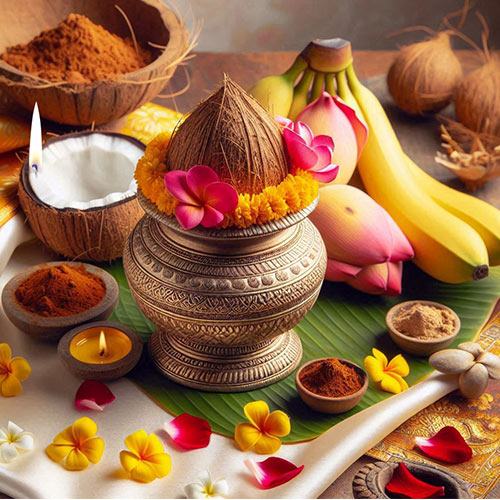

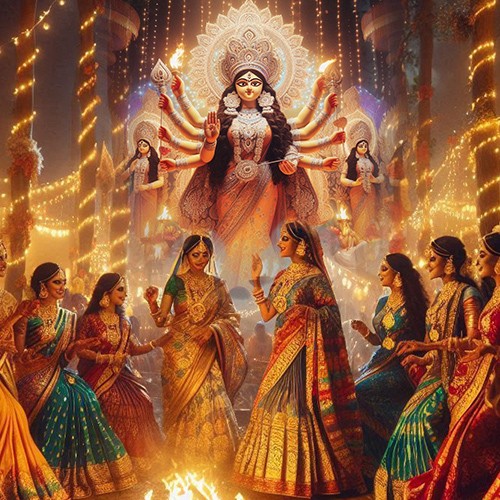
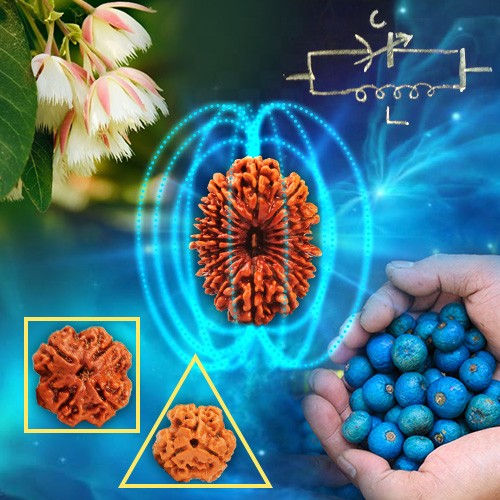

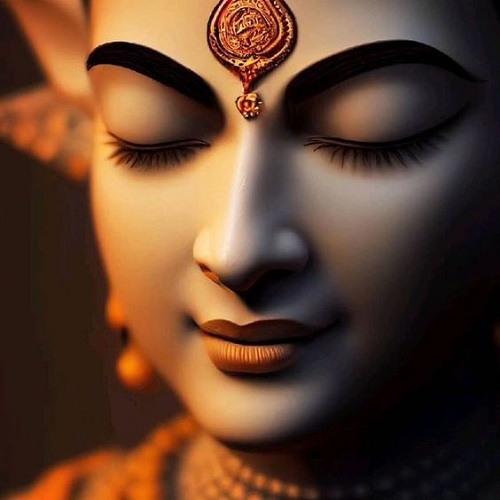
.jpg)
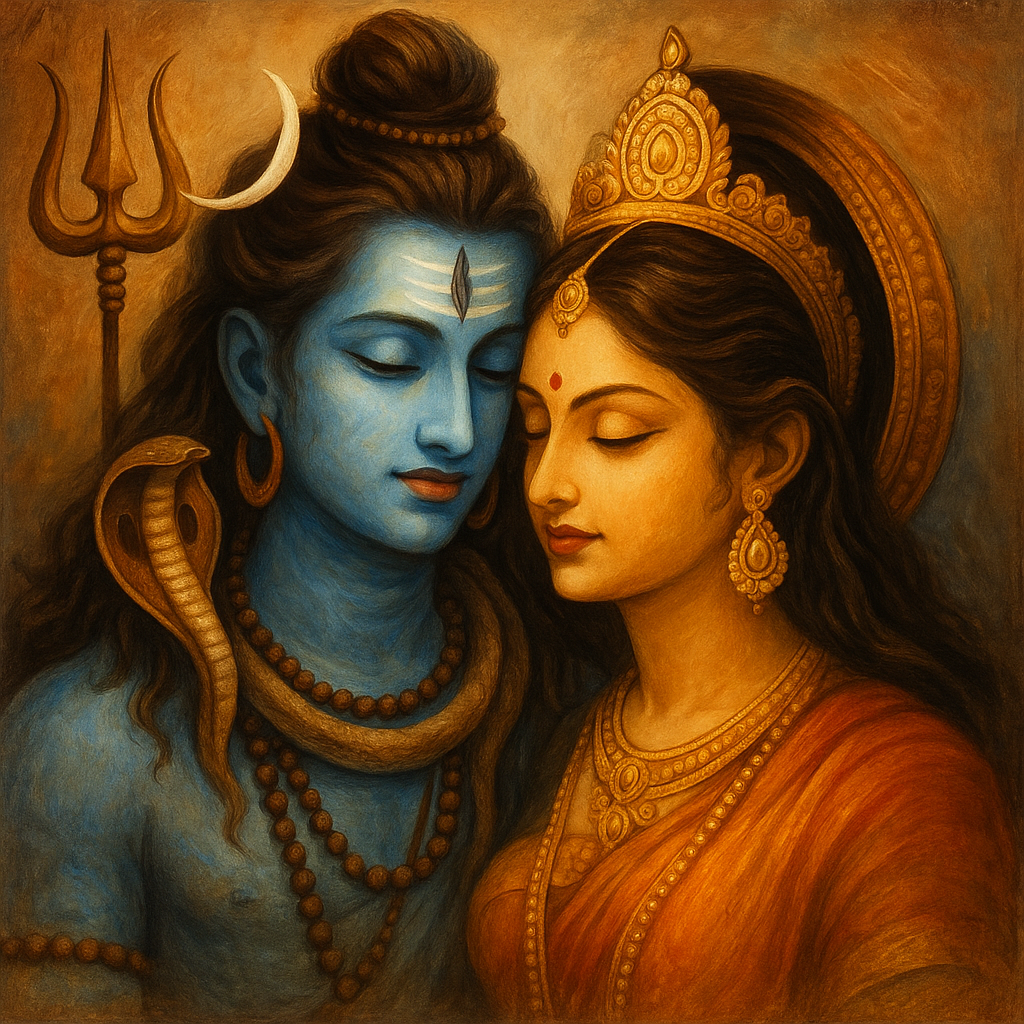
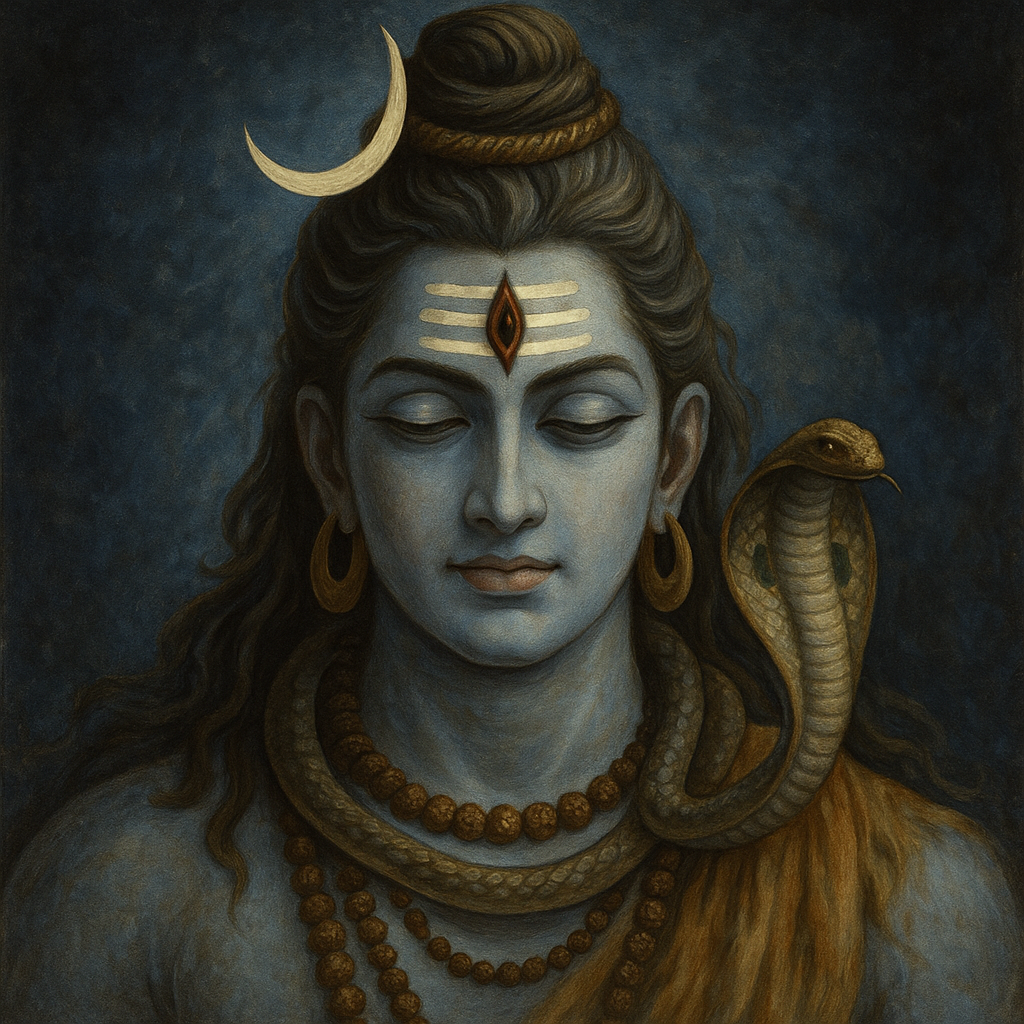
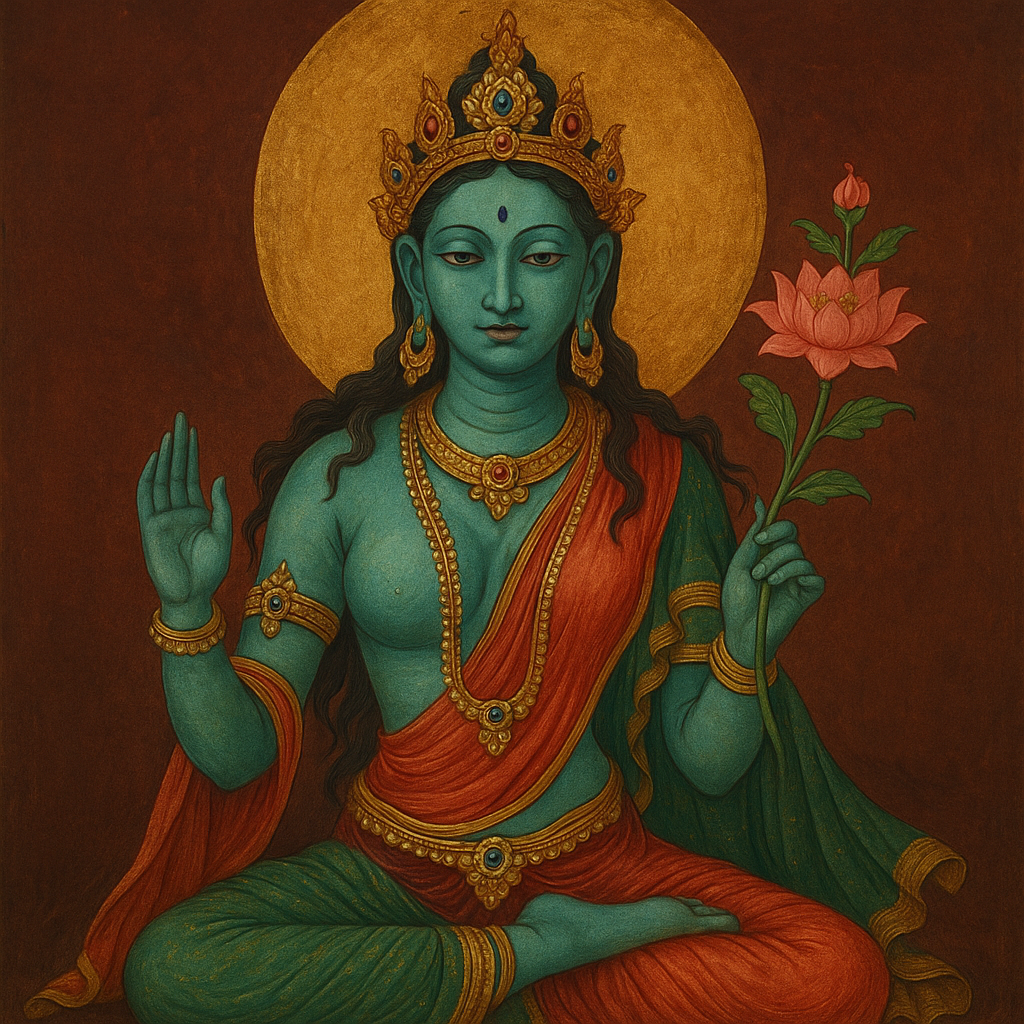
Comments 0
Leave your thought here